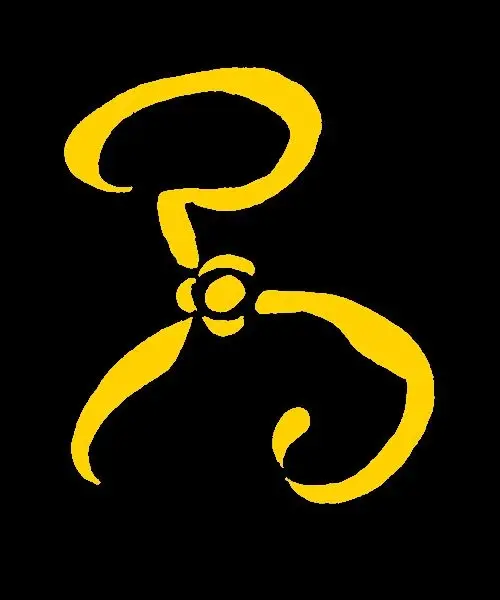Hello everyone and welcome back to our Dream Cycle Book Club. This week we will be discussing What the Moon Brings and The Hound.
There are only three more short stories until we reach the first novella length dreamlands story. If I’d had a bit more forethought, I’d have loaded one of the last two weeks with a third story, as both featured very short stories. Hopefully this week’s reading doesn’t prove too much. We have three stories for this week: The Outsider, The Silver Key, and The Strange High House in the Mist.
Our First story, The Outsider, was written in 1921 but is listed on Wikipedia as 1926; this led to me missing it a couple weeks ago. It is available in PDF format via the Arkham Archivist here, and a LibriVox audio recording is available here.
The Silver Key is our second story this week, written in 1926. It is available in PDF format via the same link above, and a LibriVox audio recording is available here
Our third story for this week is The Strange High House in the Mist, written in November 1926. It is available in PDF format via the same link above. I cannot find a LibriVox recording, so I rely once again on HorrorBabble who has narrated the story here.
Image Credit Clément Galtier


What the Moon Brings, while short, is very evocative. Indeed, the image for this week’s post was inspired by the short story.
The story’s protagonist despises and fears the moon, for he finds that under the light of the moon familiar scenes become warped and strange. One summer evening, the garden in which the protagonist wanders becomes haunted with a yellow light from the moon.
What interests me here is how the protagonist anthropomorphises the moon, the flowers of the garden, and the crystal stream that flows through the garden. He characterises the moon as a malevolent force, using words such as hateful and describing the stream as “moon-cursed”. One by one lotus blossoms drop into and are carried away by this stream, and the protagonist states that these blossoms “[stare] back with the sinister resignation of calm, dead faces”.
The protagonist follows the lotus blossoms, beckoned on by their whispering. Oddly, the protagonist does not encounter the boundary of the garden as he should; he instead finds new and unfamiliar vistas stretching before him. Before long the stream itself becomes a river and wends through marshland before joining a vast sea. The protagonist laments at the lack of a net, which he would use to save the lotus blossoms from their fate. He looks out to sea and seas a sunken city, which he knows to be the final destination of all dead things.
The protagonist spies a black condor, that he wishes to ask about the fate of dead friends. He watches as the condor lands on a black reef. He is struck by insurmountable fear as the tide ebbs low, revealing the reef to be the crown of some colossal creature, whose head shines in the moonlight and whose hooves paw at oozes miles below. Fearing the gaze of this creature, the protagonist casts himself to his doom into the stinking sea, where sea-worms feast on the flesh of the dead.
I believe it’s an uncontroversial interpretation that the entire tale is a dream. The protagonist assigns human traits to the moon (which hates and curses) and the lotus blossoms (which beckon him to follow them down the stream). Familiar sights are missing, replaced by entirely new and alien vistas. The protagonist finds a cyclopean sunken city which draws to it the worlds dead, and a colossal basalt crowned monstrosity lies in the waters; its gaze is terrifying to even speculate.
I see in this story the seeds of many ideas which have grown to maturity 4 years later in The Call of Cthulhu. Of course there are the obvious parallels between the sunken city and the city of R’lyeh, and the basalt-crowned eikon with Cthulhu himself. There is also the common theme of death; the dead are drawn to the sunken city in What the Moon Brings while in The Call of Chtulhu, it is suggested, through the use of Abdul Al Hazred’s famous couplet, that Cthulhu has some manner of dominion over death. Another similarity is in the use of dream to affect people. This story is evidently some manner of nightmare, while in The Call of Chtulhu, many artists of the mid 1920s are simultaneously haunted by maddening dreams of sunken cities and Dread Cthulhu. There are two more minor comparisons to make. The first is in the use of flowers. In What the Moon Brings the protagonist describes the time of year as a “spectral summer of narcotic flowers”; following these flower blossoms leads the protagonist to the sunken charnel pit of the worlds dead, and their perfume-conquering stench. In the penultimate paragraph of The Call of Cthulhu, the protagonist notes that “even the skies of spring and flowers of summer must ever afterward be poison to me”. Finally, there is the fixation with the moon. An association between Cthulhu and the moon is seen in part III of The Call of Cthulhu. Upon discovering Cthulhu, one of the first words used is “lunacy”. Lovecraft, being deliberate in his use of language and aware of the origins of the words he chose, made the decision to use a word for madness etymologically linked to the moon. A more concrete link is seen after Cthulhu reconstitutes himself while the Alert attempts to escape his retribution. The steamer is assailed by a great storm which conjures images of otherworldly voyages. One such image is that of “hysterical plunges from the pit to the moon and from the moon back again to the pit”.
I’m sure some will agree that it’s incredibly interesting to see the early experimentation with ideas that later form the basis of some of Lovecraft’s most loved famous stories.